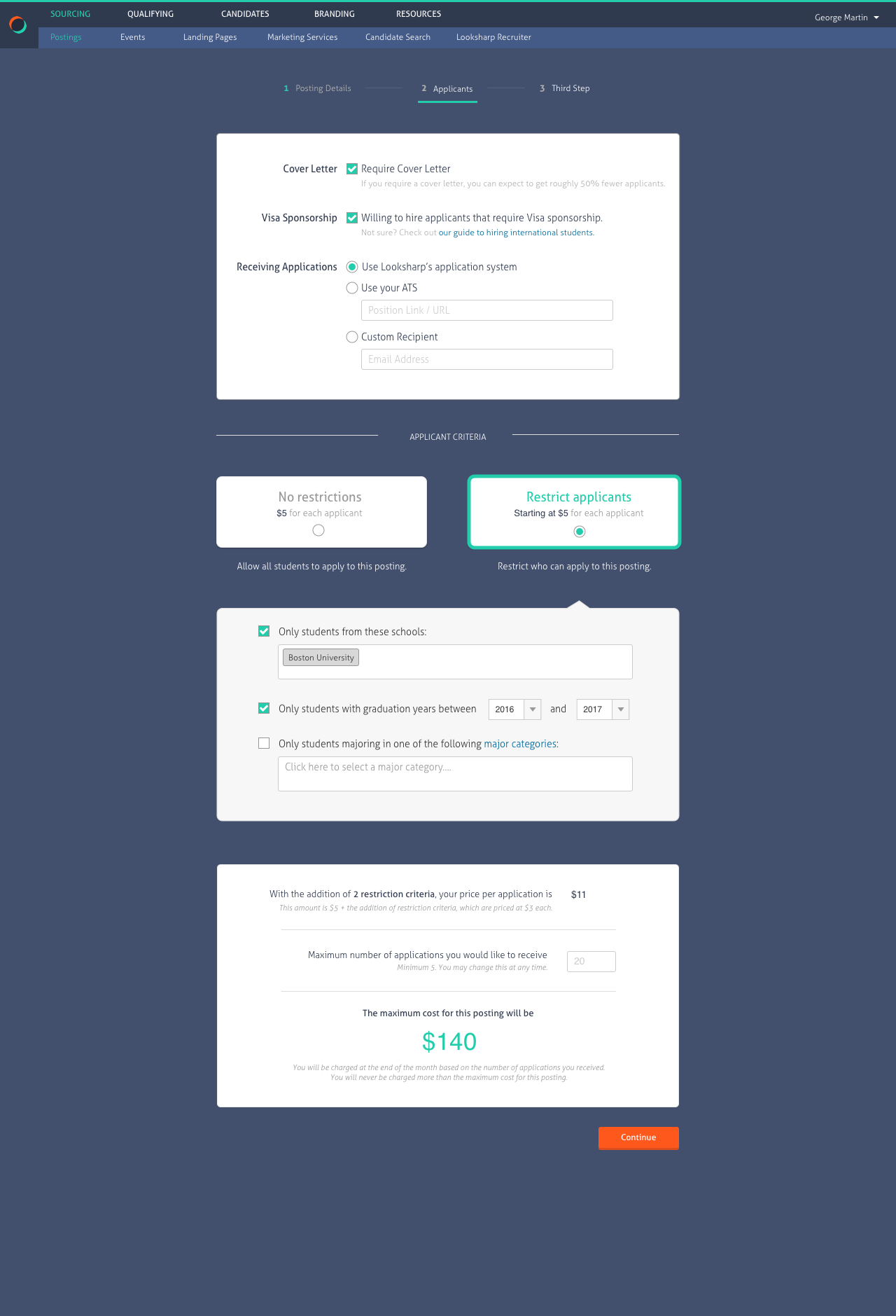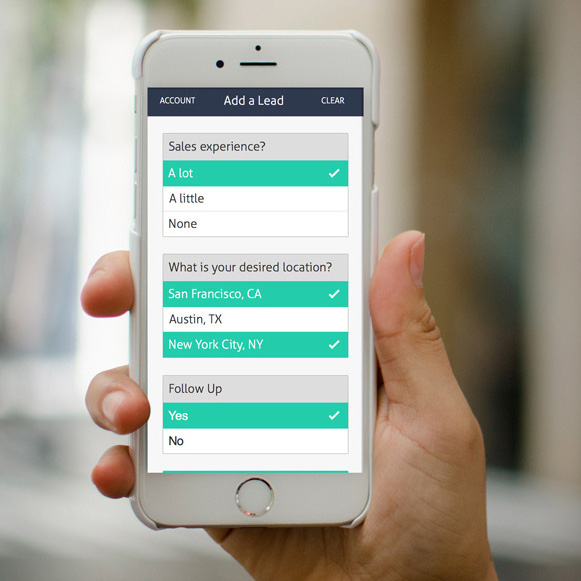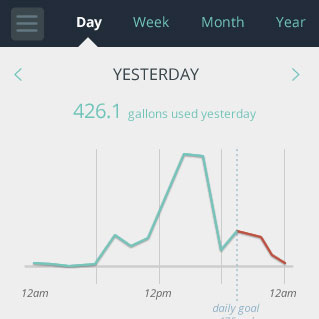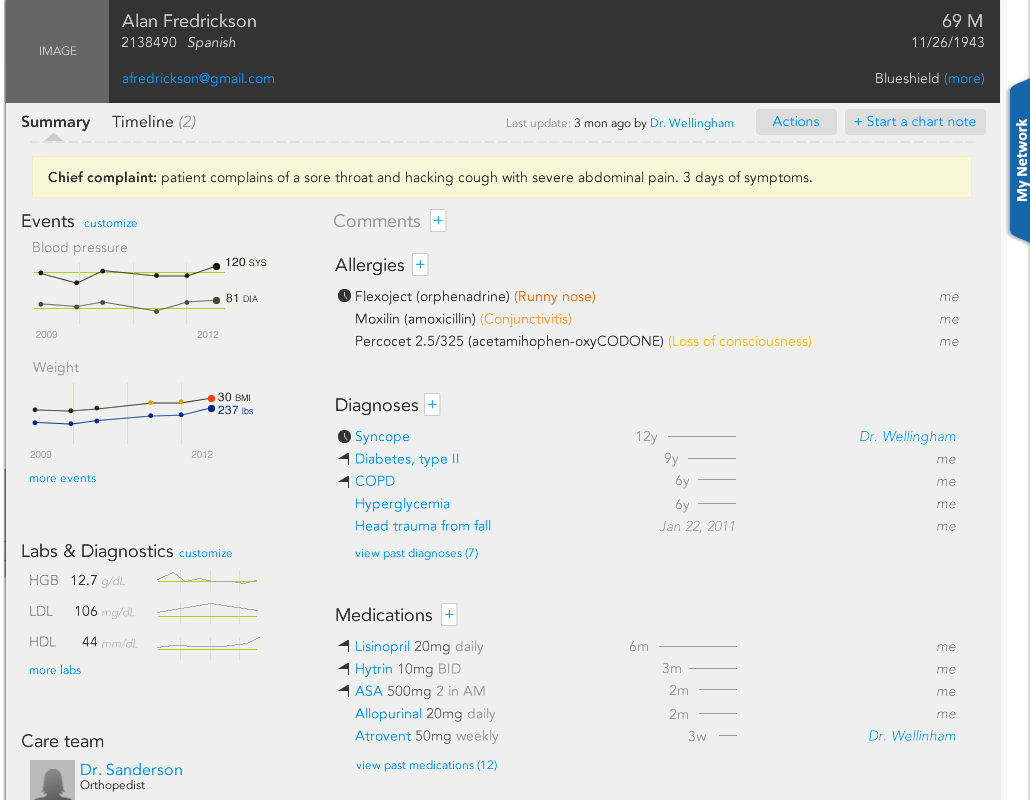Dropcountr
Encouraging consumer water conservation.
Project Context
Dropcountr's founder, Robb Barnitt, approached me knowing only that he wanted to create an app to get consumers to reduce their daily water consumption.
We agreed that I would help Robb design a needs-driven, digital water conservation product that he could pitch to investors and technical talent so that he could start his company and reduce consumer water consumption.
Research
Robb laid out that there were 2 primary stakeholders involved in the water conservation equation: the water utilities and consumers. Water utilities were already motivated to reduce consumer water usage due to government legislation that would penalize them if they failed to reduce water consumption by 20% by 2020.
That left the consumers as the major mystery. I kicked off the project by reaching out to people across the country to understand their awareness of their water usage, the importance of convservation, and what actions they were taking to modify their water consumption.
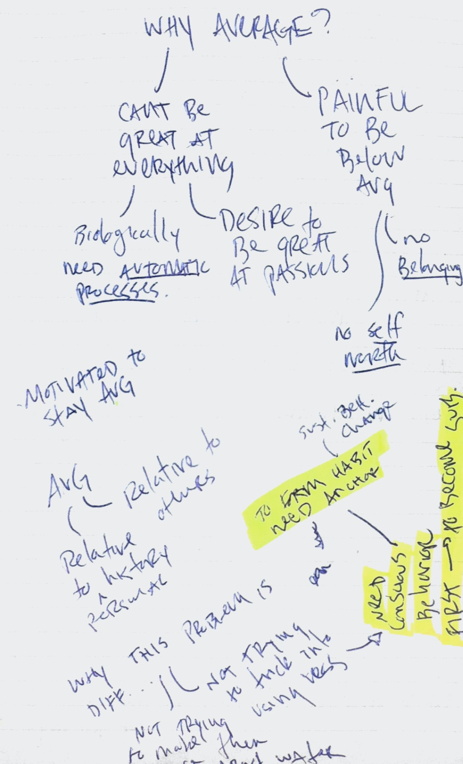
I discovered that, in general, people just wanted to be average with respect to their water usage. Most people simply didn't care enough or feel enough pain from their small water bill to strive to be anything but average. I would have to leverage this desire to simply be average to motivate consumers to reduce their usage.
Problem Statements:
As a water utility decision maker I need to reduce consumer water usage by 20% so that I avoid penalties and I feel accomplished at my work.
As a water bill payer I want to have predictable and average water usage so that I have one less thing to worry about and I feel stable and accepted.
Solving the Problem
After many thorough brainstorming sessions with Robb, we decided that designing a mobile experience for consumers that would persuade them to reduce their water consumption was the way to go. Focusing on building an app with persuasive push notification and email feedback loops would allow us to shorten the time between water usage and impact as much as possible.
First, I focused on designing the core mobile application that would be the center of the experience. It would provide access to real-time water usage data, competitive comparisons (to push to achieve 'average' consumption), and a concept of a built-in farming game for the kids in a family that would teach them about water conservation and usage. Their performance in the game would depend on their household's actual usage. I also created a login experience that leveraged 'priming' and the user's inherent curiosity to drive account creation.

I then focused on creating a compelling weekly email that used leaderboards and anchoring to engage consumers on a recurring basis and encourage them to open the mobile application and engage with the game.
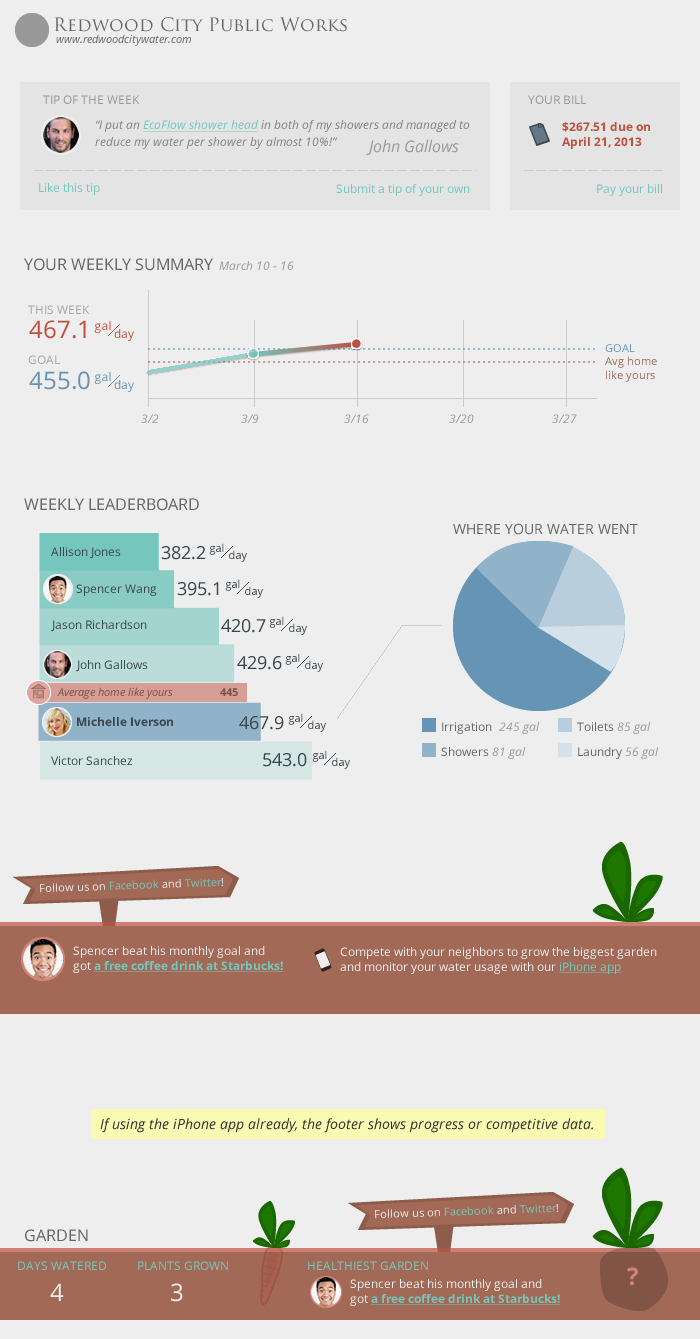
Finally, I moved on to designing the push notification experience that would engage the users when usage anomalies were detected, goal progress was made on conservation goals, game progress was made, or bills were due.

Key Takeaways & Reminders
Changing human behavior without inherent motivation is extremely difficult. Only attempt to do this if you're absolutely certain it's in the user's best interest.
A user's attention and interest are finite. Often, apathy and sloth are the biggest hurdles a design will have to clear.
HomepageNext Project
